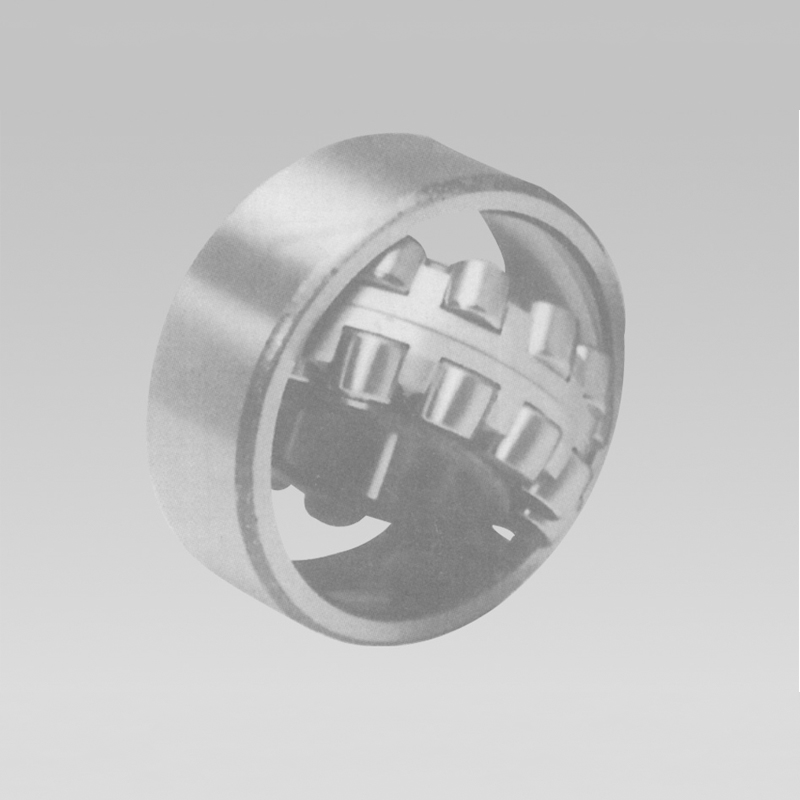
Dec . 20, 2024 06:22 Back to list
Advancements in Ceramic Cylindrical Roller Bearings for Enhanced Performance and Longevity
The Evolution and Advantages of Ceramic Cylindrical Roller Bearings
Ceramic cylindrical roller bearings have emerged as a significant innovation in the field of mechanical engineering. As industries continue to seek more efficient, durable, and cost-effective components, these advanced bearings are gaining traction across various applications. This article explores the evolution, benefits, applications, and future of ceramic cylindrical roller bearings.
The Evolution of Bearings
Bearings have been an essential part of machinery and equipment for centuries. Traditional bearings, made from metals like steel, have served reliably but have their limitations, including susceptibility to wear, fatigue, and corrosion. The search for materials that could outperform traditional metals led to the development of ceramic bearings in the latter half of the 20th century.
Ceramic materials, primarily advanced ceramics like silicon nitride and zirconia, offer several properties that enhance performance. They are not only lightweight and strong but also exhibit excellent resistance to high temperatures and corrosive environments. This makes them particularly appealing for applications in harsh conditions, such as aerospace, automotive, and heavy machinery.
Advantages of Ceramic Cylindrical Roller Bearings
1. Reduced Weight Ceramic materials are lighter than their metal counterparts. This reduction in weight can lead to more efficient machinery, allowing for higher speeds and improved fuel efficiency in vehicles.
2. High Temperature Resistance Ceramic bearings can withstand higher temperatures without losing their structural integrity. This characteristic is crucial for applications in industries such as aerospace and automotive, where high operational temperatures are common.
3. Corrosion Resistance The composition of ceramic materials makes them highly resistant to corrosion, which is beneficial in environments where exposure to moisture or harsh chemicals is a concern. This trait extends the lifespan of the bearings, reducing the need for frequent replacements.
4. Lower Friction Ceramic bearings typically exhibit lower friction than conventional steel bearings. This reduction in friction leads to less energy consumption and lower operating temperatures, enhancing the overall efficiency of the machinery.
5. Enhanced Durability The high hardness and resilience of ceramic materials provide superior wear resistance compared to traditional metals. This means that ceramic cylindrical roller bearings can function effectively over longer periods, contributing to reduced maintenance costs.
6. Environmental Impact As industries strive to reduce their carbon footprint, the implementation of ceramic bearings can contribute to sustainability efforts. Their longevity and efficiency can lead to reduced material waste and lower energy consumption.
ceramic cylindrical roller bearings

Applications of Ceramic Cylindrical Roller Bearings
Ceramic cylindrical roller bearings find applications across a wide array of sectors
- Aerospace In the aerospace industry, where safety and performance are paramount, ceramic bearings are used in turbine engines, landing gear, and auxiliary power units due to their high strength-to-weight ratio and thermal stability.
- Automotive The automotive industry utilizes ceramic bearings in high-performance engines, electric vehicles, and hybrid systems to enhance efficiency and reliability while reducing weight.
- Industrial Machinery Heavy machinery and industrial equipment benefit from the durability and low maintenance associated with ceramic bearings. Their ability to operate under extreme conditions extends the intervals between maintenance, minimizing downtime.
- Medical Equipment In medical devices where precision and reliability are critical, ceramic bearings are increasingly preferred for their biocompatibility and reduced risk of contamination.
The Future of Ceramic Cylindrical Roller Bearings
As industries continue to evolve and the demand for high-performance components rises, the future of ceramic cylindrical roller bearings looks promising. Ongoing research in material science is likely to lead to even more advanced ceramic composites, further enhancing their properties and applications.
Moreover, with a growing emphasis on energy efficiency and sustainability, ceramic bearings will likely play a pivotal role in contributing to greener technologies. Industries are expected to continue adopting these innovative solutions to meet regulatory standards and consumer expectations for environmentally friendly practices.
Conclusion
Ceramic cylindrical roller bearings represent a remarkable advancement in bearing technology. Their unique properties and significant benefits over traditional materials make them an ideal choice for various challenging applications. As technology progresses, we can anticipate an expanded role for these bearings in optimizing performance and efficiency across numerous industries, paving the way for a more sustainable and productive future.
Latest news
-
Premium Deep Groove Ball Bearings | High Speed & Reliability
NewsAug.29,2025
-
Durable Scaffolding Clamps - Secure & Reliable Tube Connectors
NewsAug.28,2025
-
Common Failures in Thrust Ball Bearings and Solutions
NewsAug.22,2025
-
How Tapered Roller Bearings Can Take Shock Loads
NewsAug.22,2025
-
Angular Bearings in High-Precision Spindles
NewsAug.22,2025
-
The Impact of Misalignment on Cylindrical Roller Bearing Performance
NewsAug.22,2025
